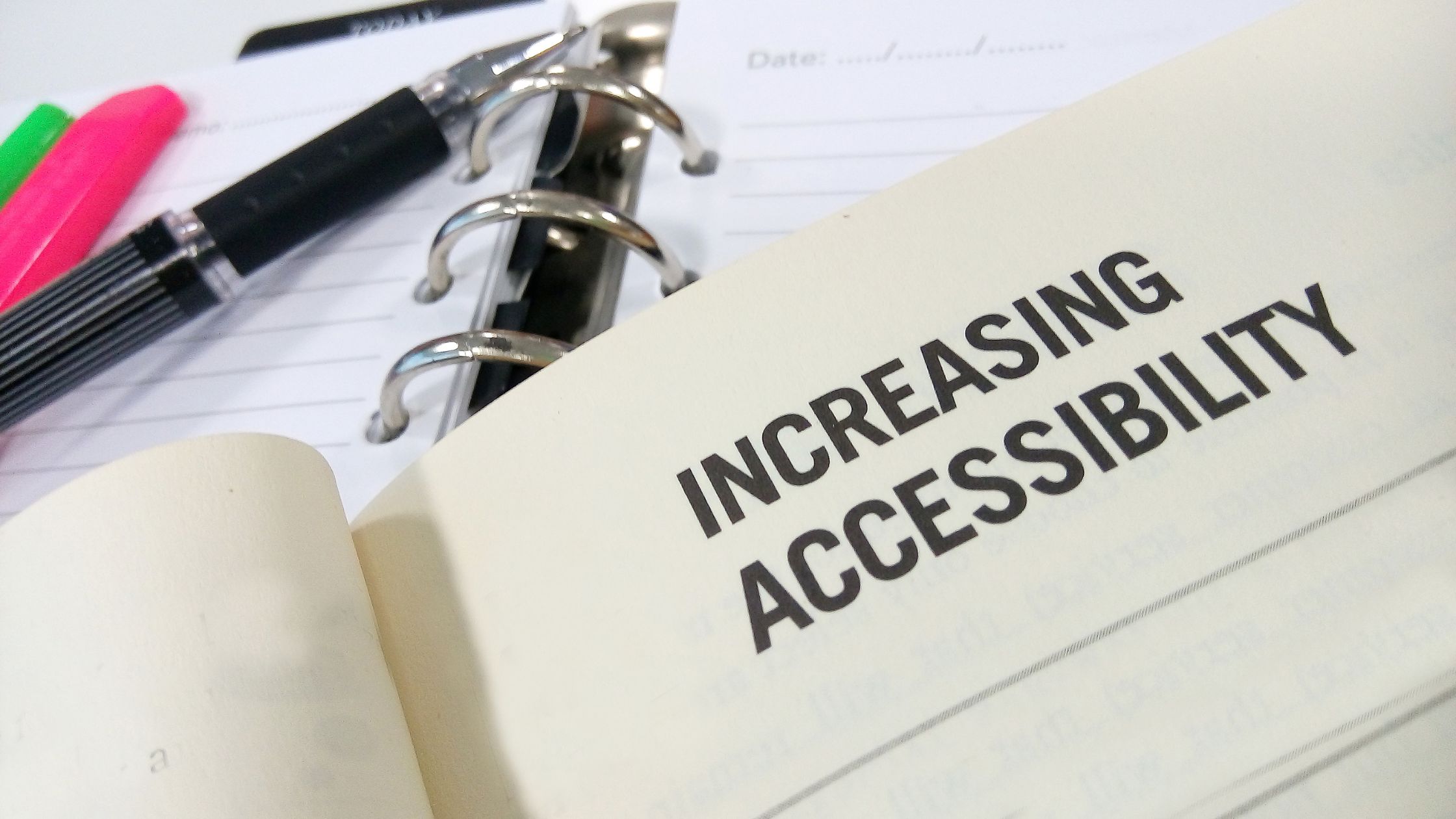More and more, there is a push to make communication materials more accessible to everyone. Press releases, social media content, visual assets, blog posts, newsletters, media kits, and more are expected to be viewable, understandable, and usable by the masses. According to Oxford University, “accessible communication is an umbrella term to describe communication that is clear, direct, easy to understand and that can be made available in multiple formats so that all users have equal access.”
In this post, you’ll find seemingly small considerations that can have a big impact and help your organization to reach a broader audience and build a more inclusive reputation.
For written materials:
As communications professionals, it is often our job to distill complex concepts, scientific research, and legislation into digestible materials. We serve as a bridge between the experts and the public and the media, empowering people to get involved with social issues and learn about the world. The top thought leaders have decades of experience under their belts and even advanced degrees, so what may seem like common sense or clear to them may be confusing to others.
Don’t assume that your audiences will understand industry jargon or intuitively know acronyms. Instead, use analogies to build understanding and compassion, define concepts in lay terms, and ground the issues in a broader context that will set the scene for expert commentary.
For example, the New England Aquarium is home to some of the leading ocean life scientists in the United States, yet the content shared uses language that most can comprehend. This allows people to understand the key messages and ultimately inspires audiences (including kids) to become ocean advocates, spurring support for NEAq’s sea turtle rescue work, right whale conservation, programming, and research. To see this work in action, read how one advocate is leading the way to protect the Hawksbill Turtle through the Aquarium’s Marine Conservation Action Fund project in this Forbes article.
For social media:
Social media creates an opportunity for a community of online supporters and like-minded individuals to become invested in your mission. Creating content that anyone can engage with allows organizations to maximize their reach. Social media content allows brands to offer a snapshot of their work, highlighting specific stories, events, or industry news.
To leverage social media fully, brands need to ensure their content is easy to see and accessible to everyone. This means considering color contrast, sizing, spacing, fonts, and more. People with visual impairments – or even people who are scrolling in the morning and haven’t put on their glasses yet – need clear images. For people with auditory impairments, add in closed captions to videos to ensure they can fully appreciate your content. Also, include alternative text to pictures which can be read aloud using assistive technology for those who may not easily be able to see your content. Generally, use higher contrast colors so that important information stands out, put a solid background behind smaller text, and remember that most people view social media content on a screen that is only a few inches in size.
Check out Wellspring’s recent Instagram reel to see how graphic text and video elements can be integrated into a clear piece of content that shares more about the nonprofit’s team.
For in-person events:
Live events are making a comeback after the pandemic. This means that PR professionals are back booking venues, creating signage, and organizing all the details that make events memorable and engaging. New physical spaces can be challenging for people requiring additional support, so planning ahead is vital to making sure every audience member has a positive experience.
Physical accessibility to the venue should be a primary consideration. Ask if there are elevators, ramps, bathrooms, and parking options that meet accessibility standards. This will help to prevent guests from attending the event only to find that they are not able to fully engage in a meaningful way. Additionally, learn if there are quieter, more private places in your venue that people can step aside into should they need a break from sounds, crowds, etc. Finally, if there are spoken portions to your event, organize interpreters if needed, get a sound system that will help everyone to hear, and make sure that any supporting visuals meet accessibility recommendations for the audience.
There is an opportunity with every outreach to incorporate accessible communication. Through each communication medium, there are opportunities to expand your reach to new audiences, re-engage current stakeholders, and build an organizational reputation as inclusive.


